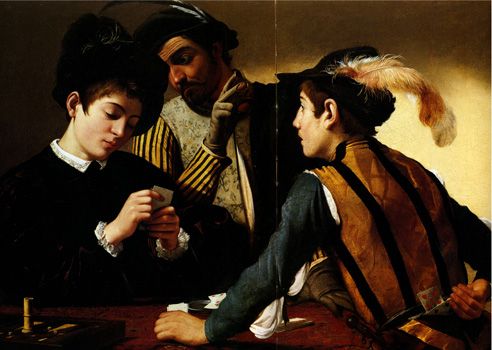Reading time: Less than 1 minute
Increase your vocabulary and you’ll make your writing much more precise. That’s why I provide a word of the week. Today’s word: pentimento….
Like many people, I was obsessed with the Brett Kavanaugh Supreme Court hearings in 2018 and the riveting testimony of Christine Blasey Ford. I quit work early during the key week of testimony so I could spend several hours watching video, reading websites and catching up on the day’s events. (To me, this was preferable to taking time off to watch the hearing live, which was what I wanted to do.)
The saga continued for many days, of course, keeping me glued to my phone, compulsively reading everything that came across the New York Times. I particularly enjoyed Maureen Dowd’s Sept. 28/18 column running under the headline “Capitol Hill Ralph Club.” The story, which was clever and ascerbic, also gave me my word of the week, pentimento. Here is how Dowd used it:
The pentimento of the teenage Blasey made her seem achingly vulnerable. Like [Anita] Hill, she had a purity to her manner and story that was luminous, an impressive contrast to all the dark obfuscations, self-serving political maneuvering and petty deceptions around her.
A pentimento is an alteration in a painting, showing that the artist has changed his or her mind during the process of painting. The picture at the top of this post, the painting “The Cardsharps” by Caravaggio, has a number of pentimenti (altering the position of the figure on the right), that have been revealed by infra-red reflectograms.
The etymology of the word is Italian, from the verb penti(re), meaning “to repent.”
Of course, there is no evidence that Brett Kavanaugh has ever shown any repent for his apparent teenage behaviour.
An earlier version of this post first appeared on my blog on Oct. 3/18.


